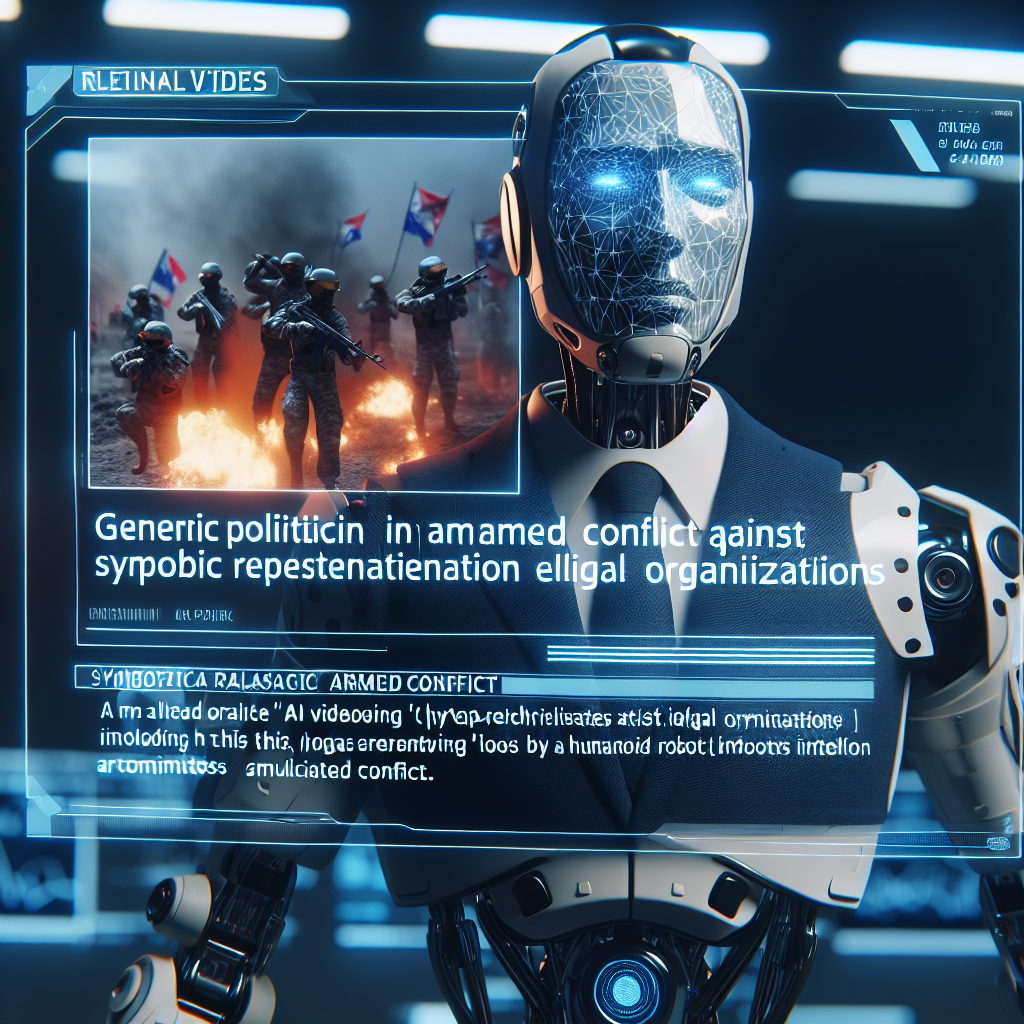Trump Targets Cartels as AI Videos Surge
In a dimly lit courtroom in Texas last spring, prosecutors played what appeared to be body-cam footage of a cartel smuggling operation. Spectators gasped at the clarity and violence—until an expert revealed the entire clip was fabricated by artificial intelligence. As AI-generated content blurs the lines between evidence and deception, the escalating battle against drug cartels has become more challenging and complex than ever before. With former President Donald Trump once again placing cartel crime at the center of his political stage, the convergence of his crackdown and the explosion of hyperrealistic AI videos poses unprecedented questions for law enforcement, policymakers, and the public.
The Intersection of Politics, Cartels, and Technology
The surge of hyperrealistic AI videos—often called “deepfakes”—has introduced a new era of disinformation and psychological warfare. According to analysts and security officials, both cartel networks and their adversaries are rapidly adopting AI tools to bolster propaganda, intimidate rivals, and manipulate public perception. As the 2024 U.S. election cycle unfolded, Trump’s campaign sharpened its focus on border security and cartel violence, pledging yet another tough crackdown. In this heated climate, the rise of AI-generated videos provided fresh ammunition—and potential pitfalls—for all parties involved.
How Cartels Are Leveraging AI to Their Advantage
- Propaganda Videos: Cartels now circulate AI-crafted clips that depict rival violence, staged executions, or police brutality—often so realistic they’re picked up by legitimate news sources before verification is possible.
- Intimidation Tactics: Hyperrealistic videos sent to families or rivals escalate fear without risking actual violence.
- Confusing Authorities: By fabricating evidence, cartels may distort investigations, frame others, or bog down legal proceedings in endless disputes over authenticity.
Trump’s Strategy and Challenges
Trump targets cartels as AI videos surge, vowing tougher policies against both organized crime and those who utilize emerging technologies for illegal activity. But experts warn that the justice system is struggling to keep up with the sophistication of AI-generated media. Courts, overwhelmed by the volume and realism of this digital evidence, now face mounting calls for new verification protocols and investments in forensic AI detection tools.
The Race to Detect and Counter Deepfakes
American and Mexican officials have quietly ramped up efforts to monitor and deconstruct AI-driven cartel propaganda. This includes the deployment of advanced detection algorithms, partnerships with social media platforms, and international intelligence sharing. Still, the relentless improvement of generative AI means detection will always be a step behind creation.
- Technology Arms Race: As deepfake quality rises, even seasoned analysts can no longer distinguish fake from real with the naked eye.
- Legal and Ethical Gaps: Laws struggle to address synthetic media, leaving victims with little recourse and courts with new dilemmas about evidence admissibility.
The Implications for Society and Democracy
The convergence of Trump’s anti-cartel rhetoric and the proliferation of AI videos is reshaping the conversation around public trust, safety, and truth. Deepfakes threaten not just individuals, but the very credibility of news, courtrooms, and government policy. With millions of Americans potentially exposed to fabricated footage ahead of upcoming elections, experts emphasize the urgent need for digital literacy and robust safeguards.
For a deeper dive into the mechanisms driving these developments, The New York Times reports here.
Conclusion: Navigating an Uncertain Future
As Trump targets cartels as AI videos surge, the landscape of crime, justice, and digital truth grows ever more complex. Whether through policy reforms, public education, or technological innovation, tackling this dual threat demands vigilance, adaptability, and a renewed commitment to finding what’s real—and what’s not.

